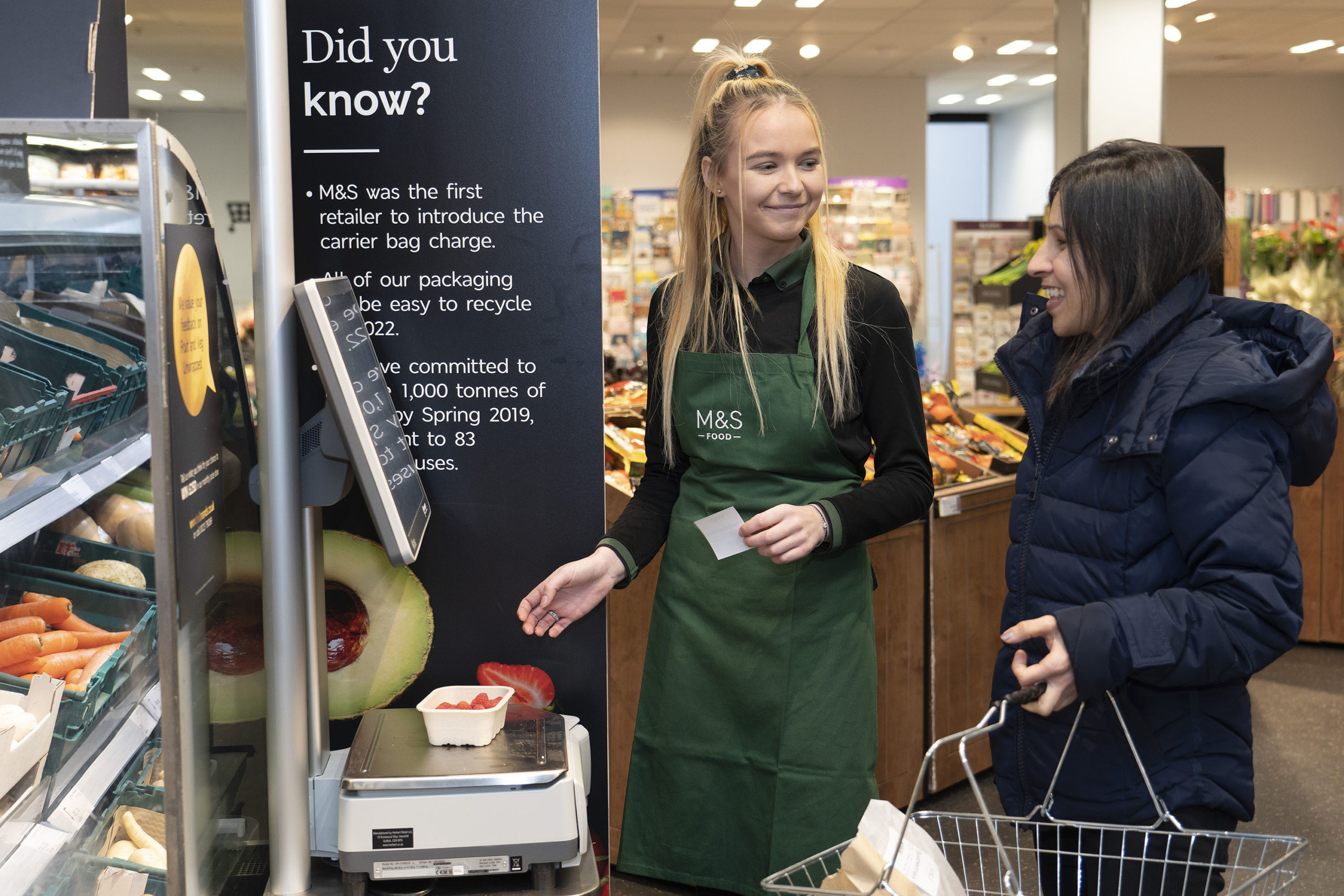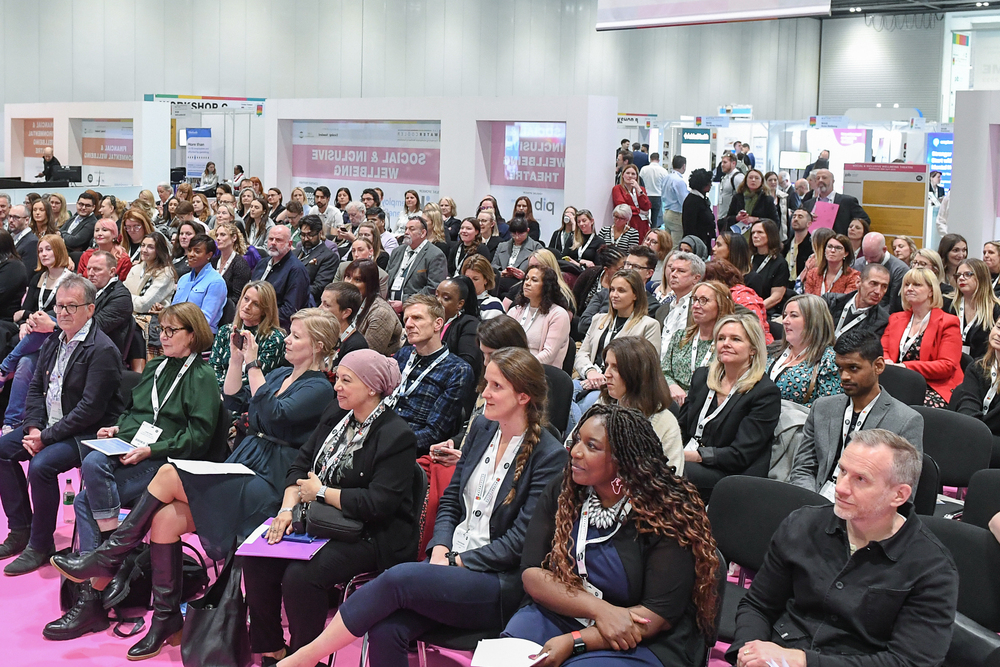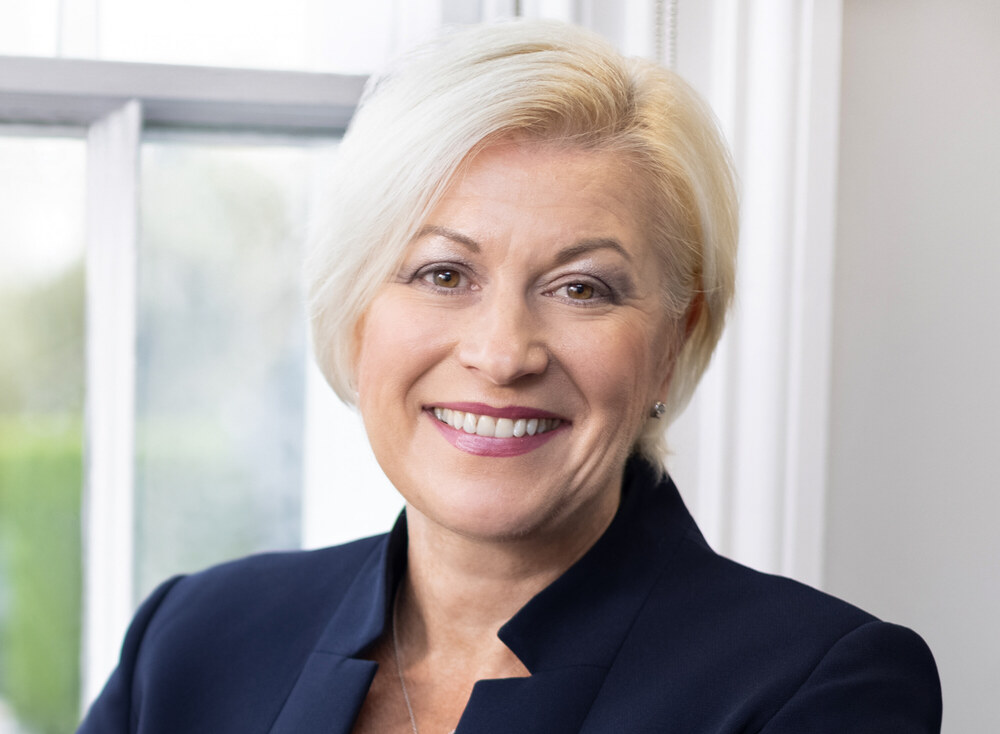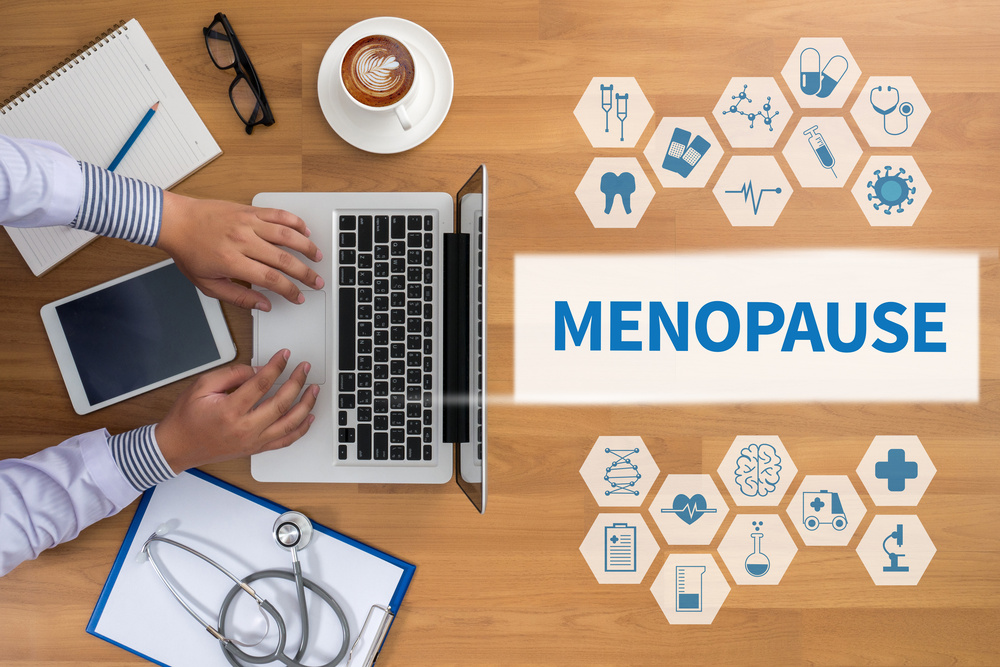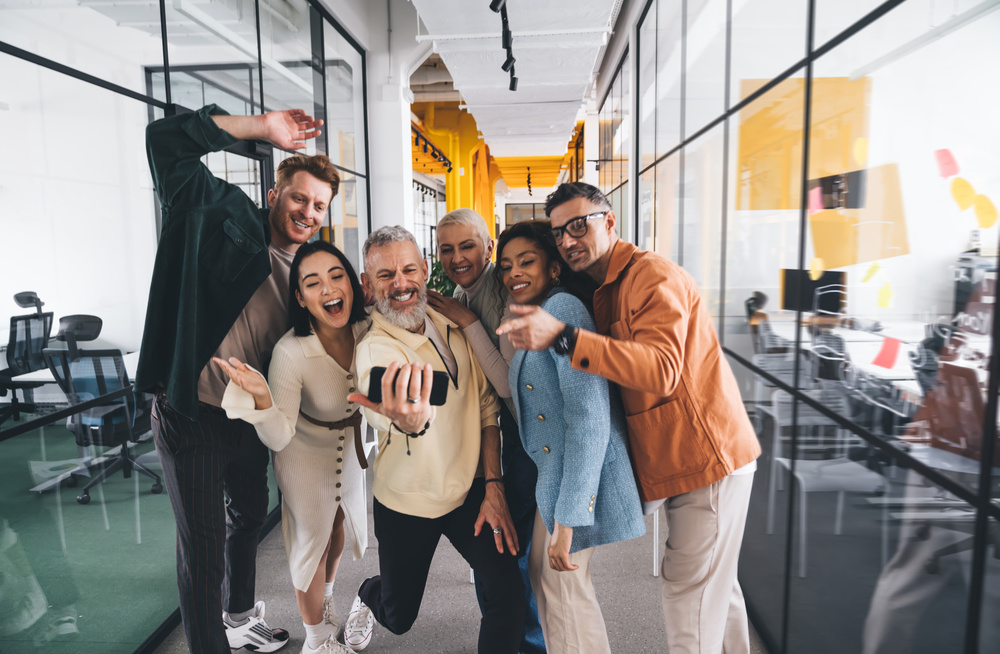M&S is a leading British retailer with a rich heritage. It is renowned for bringing quality, value for money food, clothing and homeware to millions of customers around the world.
In April 2014, M&S was the first retailer to join the public movement to end mental health stigma by signing up to the ‘Time to Change’ campaign led by Mind and Rethink Mental Illness. In 2020 M&S joined the Mental Health at Work Commitment following the Stevenson-Farmer Thriving at Work review. This currently underpins the organisation’s internal mental wellbeing strategy for all M&S colleagues.
Beth Rochford is M&S’s Health and Wellbeing Manager. In this interview she shares her experiences of cross-sector collaboration through the Wellbeing in Retail tool.
She also shines a light on how the organisation is embedding support for mental, physical and financial wellbeing, responding to the needs of colleagues as we deal with lockdown 2.0, as well as tips she wishes she’d known when she embarked on her workplace wellbeing journey.
The retail sector has been leading the way in its approach to cross-sector collaboration when it comes to supporting colleagues’ mental health and wellbeing. Can you tell me a bit about how M&S is involved with this?
It’s been incredibly encouraging to see stigma and attitudes surrounding talking about mental health challenges at work gradually starting to shift, especially in response to COVID-19. But there is always so much more to do.
When we look at the workplace we spend a third of our lives there, so it’s not surprising the huge impact it can have on our wellbeing and how critical it is that we are always striving to make our workplaces better.
Specifically in the retail sector, providing jobs in the UK for just under 3 million people, we are going through profound and far-reaching change, even prior to COVID-19 – so it’s vital more than ever before that our people feel supported by their organisation to manage the challenges they face.
Last year, it was fantastic to have the opportunity, inspired by John Lewis and powered by Samaritans to come together with other leading retailers Tesco, Sainsbury’s. ASOS, Next and Co-op to develop the ‘Wellbeing In Retail Tool’.
We collaborated to develop this online learning platform for all Retail colleagues, wherever they are in the varied roles within Retail. The platform helps them to better understand and improve their own mental wellbeing and be in a position to support each other with confidence.
It covers how to look after their mental health, build emotional resilience and signpost to where to look for additional help. Most significantly it refers back to real life situations to boost courage and confidence to support someone else when they are struggling.
We worked to ensure that the tool’s resources could be accessed whenever, wherever as the majority of retail colleagues aren’t tied to a desk. We made sure the features were simple and accessible and engaging. This includes a listening wheel to develop listening skills, a mood barometer and expert films and case studies on the most common mental health concerns.
The co-founder of our internal M&S Buddy Network set up to support colleagues health and wellbeing across the business, helped support us with the development of the tool, along with colleagues from M&S and across the industry.
The message overall was simple, it’s okay not to be okay and it’s always better to seek help. Through collaboration with the wider industry, we hope we can help our colleaugues to feel even more supported in the workplace and beyond.
How have you approached promoting and tracking the impact of the Wellbeing in Retail tool and how is it embedded into your broader mental wellbeing strategy for your colleagues?
The tool was set up to enable all the retailers involved to be able to track utilisation back within their own organisation long after launch. Being able to track how many have accessed the tool and for how long, helps us to assess how well the tool is being utilised. It also enables us to target opportunities to promote the tool as a part of our bigger Health and Wellbeing offer to M&S colleagues. This includes support and benefits on a range of areas within mental, physical and financial health and wellbeing.
As anyone responsible for delivering health and wellbeing strategy for their organisation will know, be it grassroots or leadership level – communication and awareness is critical to embedding good health and wellbeing practice.
We take a planned and targeted approach within our Health and Wellbeing strategy. We work with internal stakeholders right across the business and some fantastic providers to align to the key opportunities. This helps us to maximise the wellbeing conversations with our colleagues and drive better wellbeing practice where we work.
How is this collaborative approach helping you to respond to the needs of colleagues as we deal with lockdown 2.0 and the unfolding pandemic?
Coming together as a consortium of retailers not only gave us the opportunity to develop this great, fit for purpose tool – it also gave us a fantastic network to share best practice. Putting competition aside, we’ve been able to drive better wellbeing within our workplaces. This has been very helpful as we’ve taken action at pace to respond to the evolving health and wellbeing needs of our colleagues during this pandemic.
What is one lesson that you’ve learned that you would like to share with employers who are just starting to devise employee mental health and wellbeing programmes?
It can still often be the case that wellbeing activity within an organisation falls to the few people ‘already converted’ who are working tirelessly to make a difference in their passion for health and wellbeing at work. These people are fundamental to grass roots change. But wellbeing is everyone’s business. If you really want to embed good practice and drive cultural change, wellbeing has to reach right across the people agenda.
Creating and opening up the opportunities for your grass roots champions to work in alignment with your biggest influencers in your business – to set strategy and direction together – can be an incredible force. This can take positive wellbeing change beyond the HR plan and into the organisation at all levels.
What’s next for M&S as it embeds mental health and wellbeing as a strategic priority?
M&S has a long history of looking after our colleagues and we continue to provide great initiatives, support and benefits on physical, mental and financial health, as well as reacting quickly to the prevailing COVID-19 situation to ensure our colleagues have the best support they need.
But prevention is better than cure. As well as providing reactive support, we are focused on providing a health and wellbeing programme for our colleagues that proactively benefits their health and wellbeing.
We are working hard to ensure our wellbeing proposition is in line with the needs of our colleagues, listening closely to our people and their feedback.
M&S is a fantastic place of diverse and talented people and we want to ensure that we can provide an inclusive wellbeing offer that enables everyone to be their best and fulfil their potential at M&S.
You might also be interested in these articles from Make A Difference News:
retailTRUST Takes Action to Help Prevent an Incoming Mental Health Storm
How Co-op Used Data to Develop An Effective Workplace Wellbeing Programme


